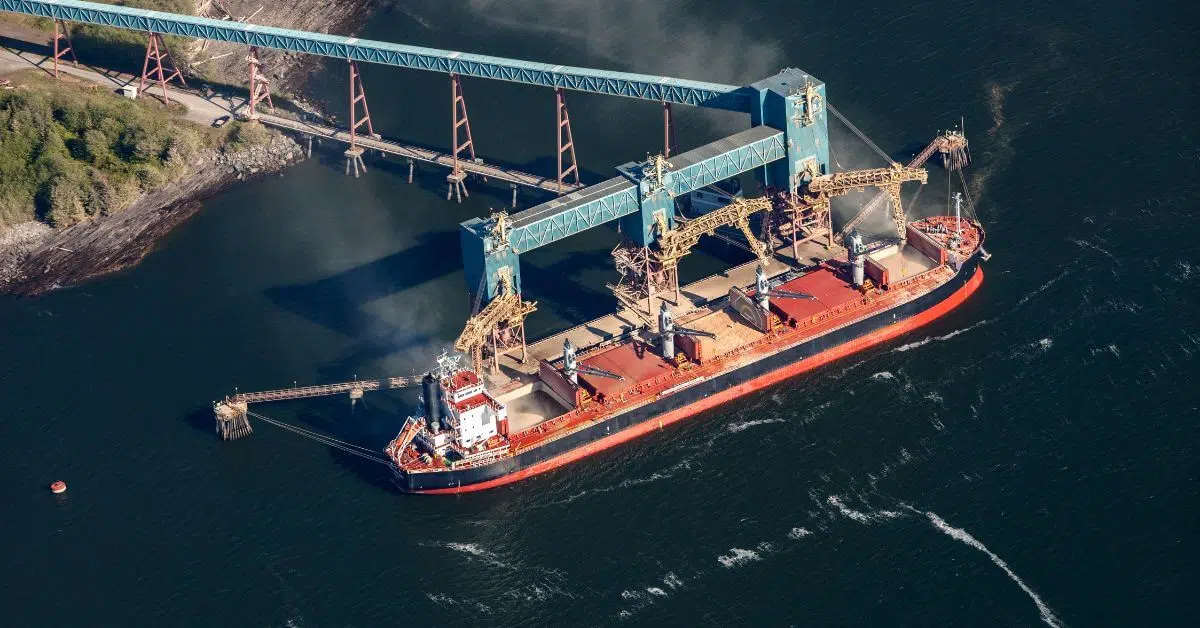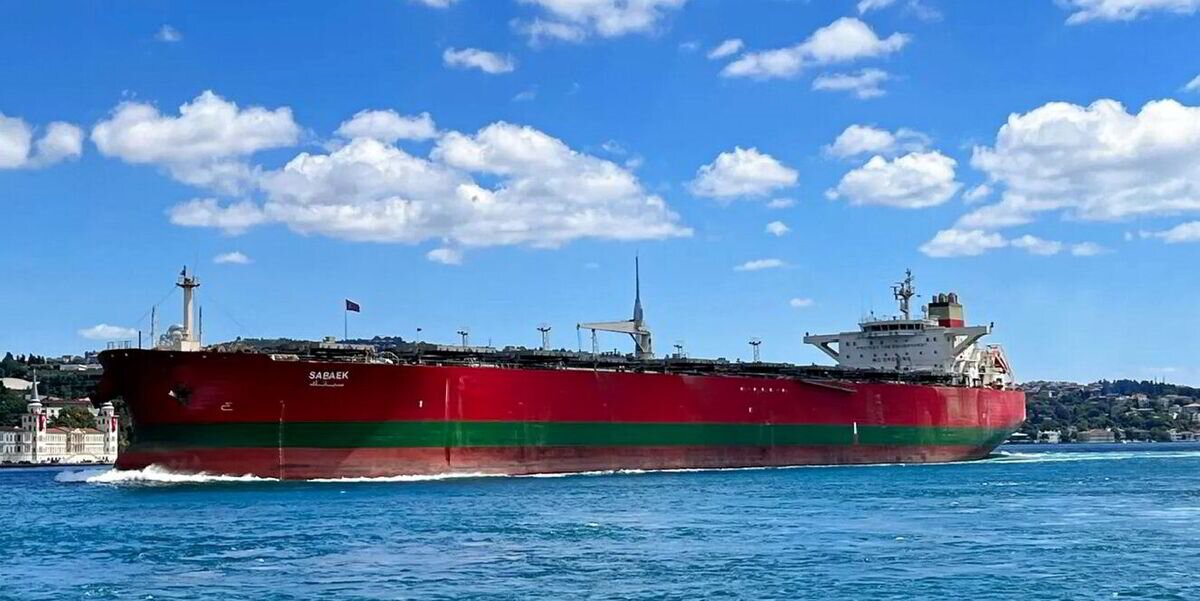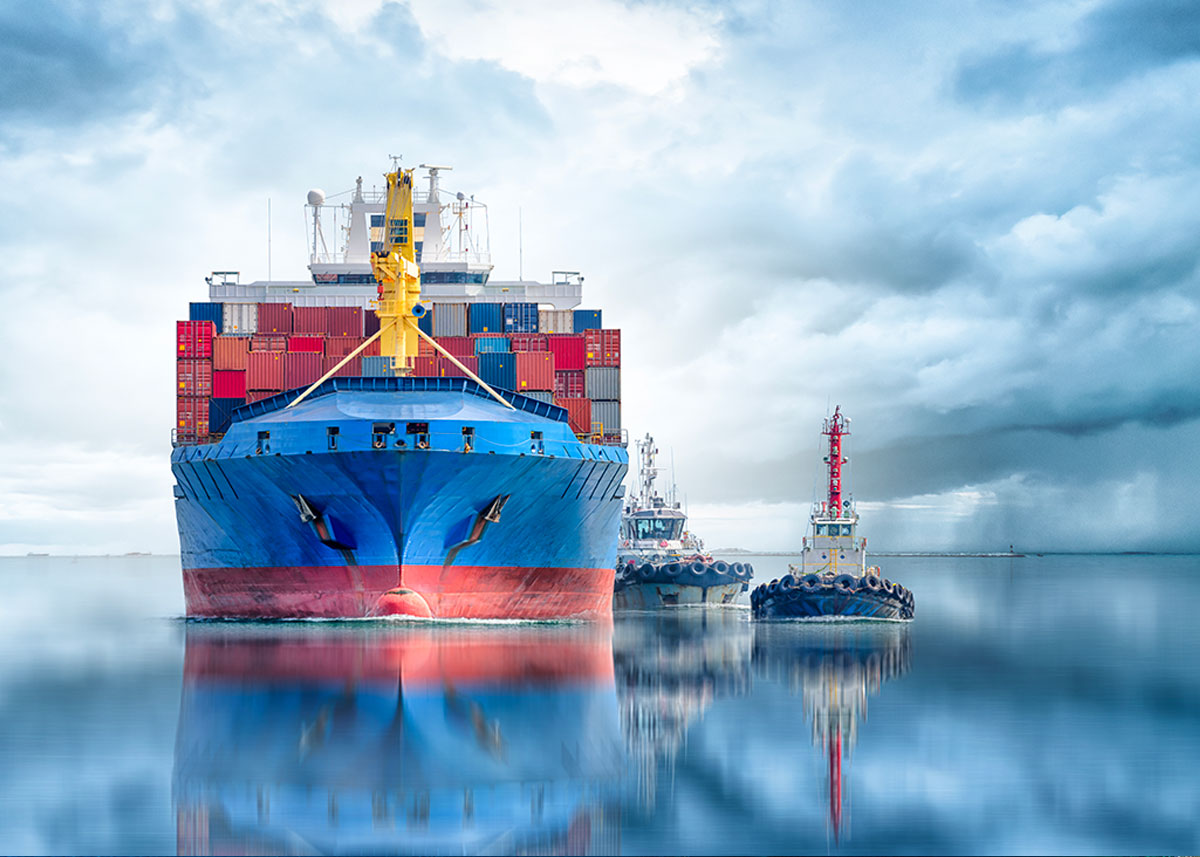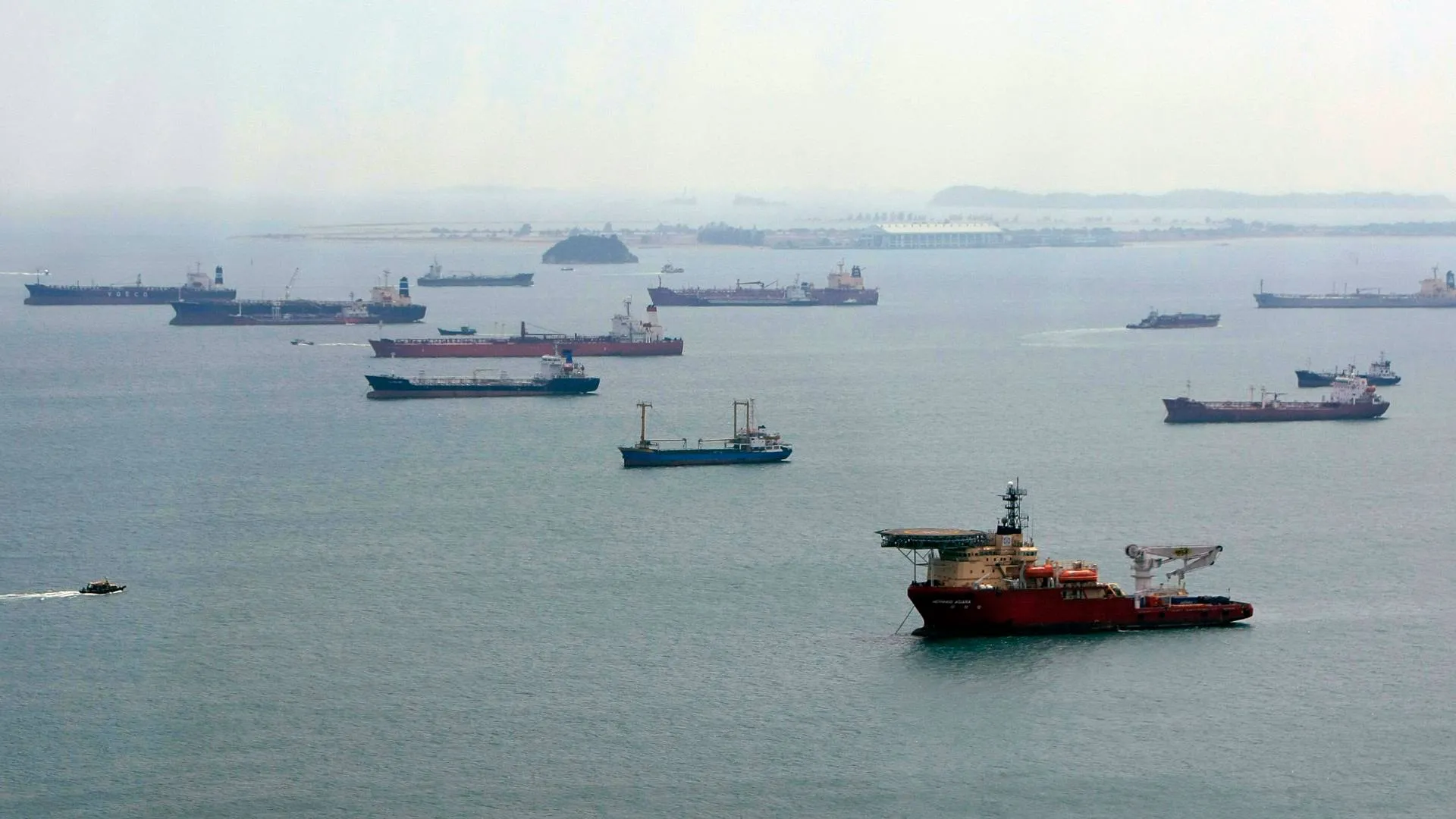Shipping Market: The sluggish global economic recovery has dampened expectations for shipping demand, compounded by non-market disruptions such as U.S. tariff policies and Section 301 investigation restrictions. The international shipping market experienced an overall downturn, with car carriers and LNG carriers showing particularly significant declines. From January to September 2025, the Clarkson Composite Ocean Freight Rate Index averaged $25,289 per day, down 0.9% year-on-year. By specific ship type, freight rates for major vessel types fell sharply year-on-year: bulk carriers, crude oil tankers, product tankers, container ships, PCCs, and LNG carriers decreased by 17.6%, 13.4%, 26.4%, 21.4%, 58.3%, and 70.8% respectively.
Shipbuilding Market: The decline in shipping market rates led to a cooling of shipowner investment, causing a significant correction in the global new shipbuilding market, with container ships being the only type to maintain growth. From January to September 2025, global cumulative new ship orders reached 81.72 million deadweight tons (dwt), down 48.2% year-on-year; new ship deliveries totaled 73.15 million dwt, up 5.3% year-on-year; as of the end of September, the global orderbook stood at 397 million dwt, an increase of 5.9% year-on-year. However, it is important to note that the primary reason for the significant drop in global new ship orders in 2025 was the excessively high volume of new orders in 2024 (the highest since 2008). The total order volume for the full year 2025 is expected to exceed 100 million dwt, which remains at a relatively good level compared to historical figures and is 35% higher than the average during the “13th Five-Year Plan” period. By specific ship type, container ships were the only type to maintain growth, with 435 new ships ordered (3.52 million TEU) from January to September, up 10.3% year-on-year; new orders for tankers, bulk carriers, and liquefied gas carriers all fell significantly year-on-year. Tanker orders for January-September were 158 new ships (17.71 million dwt), down 61.5% year-on-year; bulk carrier orders were 171 new ships (16.09 million dwt), down 67.6% year-on-year; liquefied gas carrier orders were 85 new ships (5.37 million cubic meters), down 77.4% year-on-year. New ship prices showed signs of a slight decline from high levels. In September, the Clarkson Newbuild Price Index closed at 186 points, down 2.0% from the beginning of the year and down 2.3% from the peak of this cycle (end of September 2024); however, it remained 10.4% higher than the average during the “14th Five-Year Plan” period and 45.8% higher than the average during the “13th Five-Year Plan” period. By specific ship type, the newbuild price indices for tankers, bulk carriers, container ships, and liquefied gas carriers fell by 5.0%, 4.4%, 0.8%, and 3.9% year-on-year, respectively.




